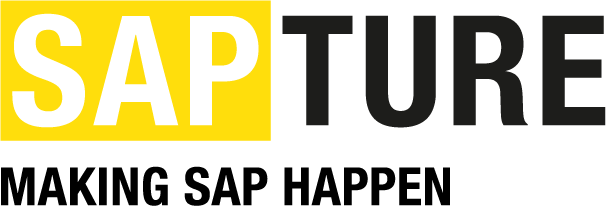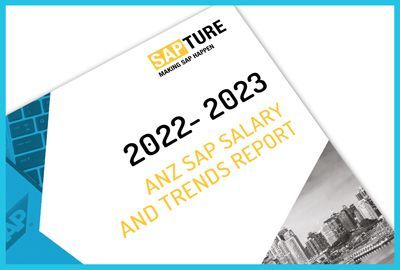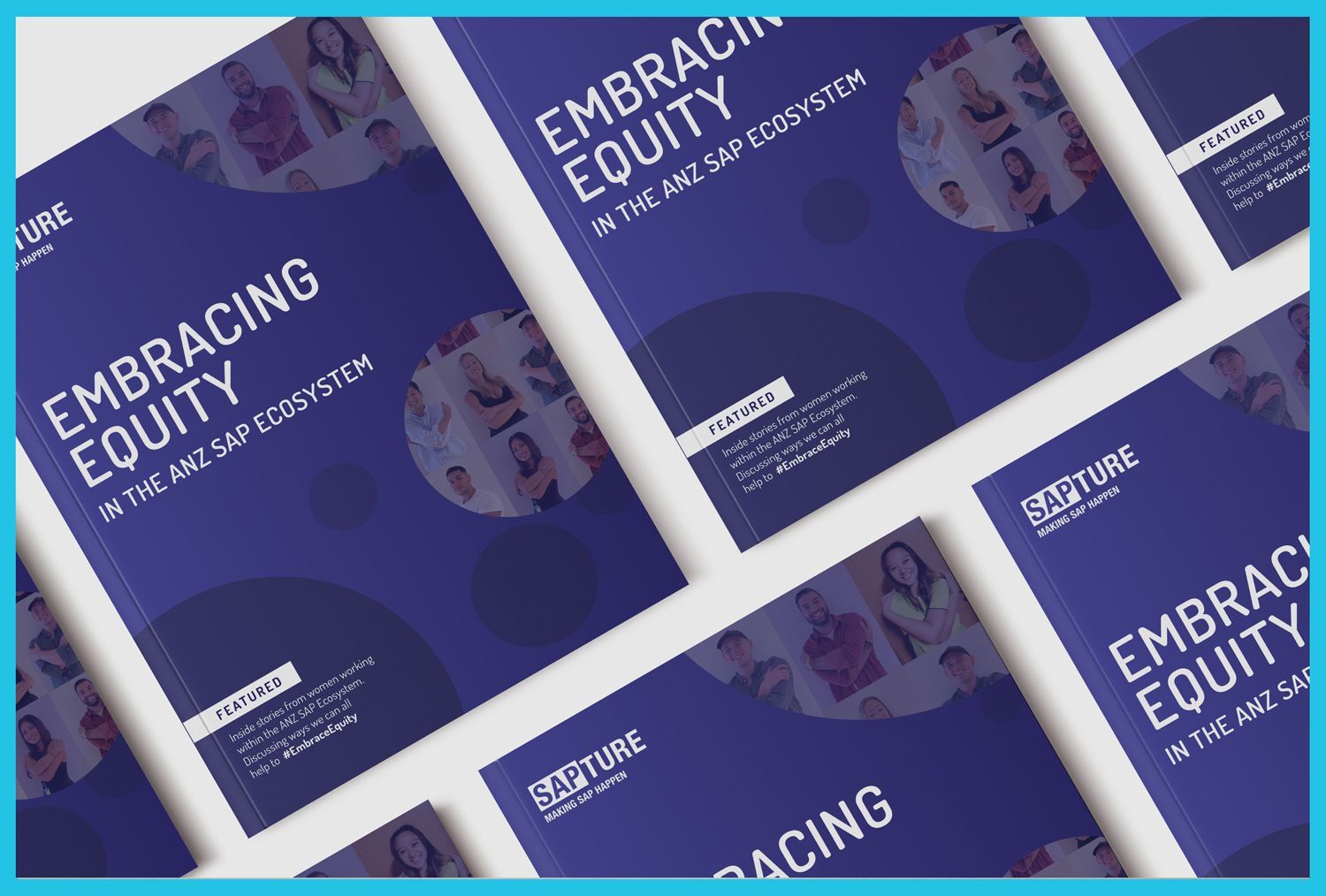Last week Sapture’s Shane Morgan caught up with Dr Derek Prior, former Gartner SAP Analyst, to get his thoughts and opinions on SAP’s Cloud Strategy…….
Refine results
Keywords
Shane: For anyone who doesn’t know you, can you do a quick intro, Derek?
Sure, I spent 17 great years with Hewlett-Packard when SAP became famous overnight with their R/3 ERP blockbuster. Then I worked for 19 years in the Gartner ERP team as an analyst specializing in SAP customer issues, best practices. I remember speaking to lots of SAP customers in Australia and New Zealand about SAP business benefits, COEs, Basis, Solution Manager, MaxAttention, etc
Nowadays I am a Non-Executive Director in a lovely UK company called Resulting. They specialize not in SAP products, but making SAP customers more self-sufficient (with the COE model), more successful (with their SAP Success optimizer and benchmark) and getting ready for their S/4 migration (with their S/4 Sight tool).
Shane: Do all SAP customers fully understand the SAP Cloud strategy?
Nope.
Shane: Come on Derek, why not?
It’s so complex! As we all know, IT is great. But IT is so full of hype and hot air about new technologies. The rate of introduction of new technologies is simply going through the roof, which is why Gartner is so busy. Cloud is one such technology, now no longer that new of course, but with huge impact on SAP, its ecosystem and most importantly, it’s customers.
We all understand “Cloudy Bay”, if only Cloud technology was so simple – and so enjoyable!
Cloud technology means that SAP customers can run their SAP software no longer in their own data centres, but in someone else’s Cloud data centre, i.e. SAP or a partner. But Cloud technology means different things to many different companies. So, from an SAP customer perspective we have to define what we really mean by Cloud here. Take a look at the following diagram to understand the basic three layers of Cloud.
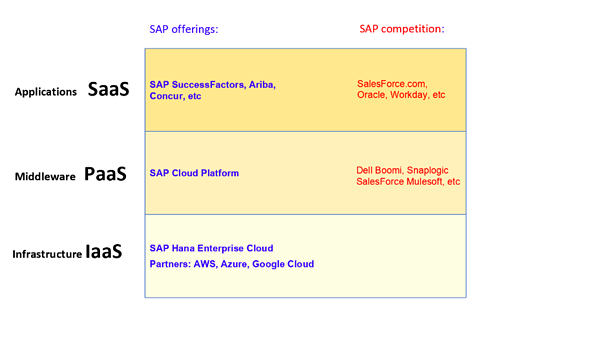
The diagram lists some of the more important Cloud offerings from SAP and its competitors. Note the three important acronyms:
• Software-as-a-Service (SaaS) Cloud Applications
• Platform-as-a-Service (PaaS) Cloud Middleware
• Infrastructure-as-a-Service (IaaS) Cloud Infrastructure
Shane: Why are SAP customers so interested in Cloud solutions from SAP?
When I spoke to one Gartner client in Spain, who was the CIO, she said that her CFO wanted Cloud because they wanted:
• More agility – Deploying IT systems faster with the belief that you can ramp Cloud systems up or down more quickly.
• Changing the financial model – The ability to fundamentally shift the IT financial model from a traditional CAPEX one, to an OPEX approach.
• Pay As You Go (PAYG) – The ability at the same time to opt for a PAYG payment approach, where you only pay for what you actually use.
• Lower Total Cost of Ownership (TCO) – A clear expectation of a lower TCO. Be careful, this is not always the case and the reverse may be true. It’s all in the detail.
Shane: So, how good are SAP’s SaaS applications?
I always get asked this question Shane. Today SaaS is hot. New applications are nearly always SaaS-based, rather than traditional license-based. SaaS application services tend to:
• be heavily pre-configured
• feature modern user interfaces
• be updated very quickly by the SaaS vendor
SaaS solutions therefore are very standardized, which means that they can be shared on so-called Public Cloud infrastructures, which we will talk about soon.
SAP’s response to this challenge was acquisition of other successful SaaS specialist vendors. Over the last 8 years SAP’s acquisition totals $28.6BN, acquiring, amongst others leading SaaS players such as SuccessFactors, Ariba, Concur, Fieldglass and recently, Callidus.
SAP’s latest fourth generation ERP solution is S/4HANA, which can be installed both on-premise in a customer (or outsourcer) data centre, or as a full SAP SaaS solution.
Generally, SAP customers prefer to keep their SAP ERP applications on-premise, because they are so customised and so mission-critical that customers themselves need to tightly control them. So, SAP has struggled with it’s new ERP SaaS solution, called SAP S/4HANA Cloud.
Shane: Can you explain what PaaS tools are used for?
Lots of clients I spoke to were really expert when it comes to ABAP, BAPIs, RFCs, i.e. traditional SAP development and integration tools. The middle Cloud layer always includes the lower layer to offer a modern, integrated, software “platform”, delivered from a Cloud vendor’s data centre. “So tell me Derek why do I need these new PaaS tools then” they often ask?
Fundamentally PaaS offers a modern software development environment to build entirely new SaaS applications. PaaS tools can be used to extend existing SaaS applications with their most important use, case being to provide flexible and reliable application software integration mechanisms between existing SaaS solutions and on-premise applications.
SAP offers its own PaaS toolset here, called SAP Cloud Platform. It is a strong product and is used by SAP and a long list of partners as the development environment to build and run brand new applications. Such applications can incorporate the very latest Internet of Things (IoT), Artificial Intelligence, Machine Learning and Business Analytics technologies.
Shane: So, is it safe yet to run SAP ERP applications on Cloud infrastructure?
What a great question! This is really the biggee!
Here we’re really talking about running SAP ERP (SAP ECC or S/4HANA on premise edition) on Cloud IaaS.
Existing licensed SAP on-premise applications like SAP ECC can be run in an IaaS Cloud data centre without impacting the vital application layer, which existing customers always want to control. So, the bottom line answer to this vital question, is yes you can – but currently some big SAP customers prefer not to. This is because they want maximum control of their SAP ERP systems, especially if they are mission-critical to them. That said, the general trend is for all SAP ERP systems to gradually move to the Cloud.
Many SAP customers typically prefer a certified SAP Managed Cloud service provider who includes SAP Basis operations services on top of the IaaS. SAP Basis plus IaaS represents complete technical responsibility for the SAP systems, including the database – SAP HANA, for example.
So far today’s SAP customers have usually preferred Private Cloud IaaS over Public Cloud IaaS, because it features more dedicated and controlled systems, rather than shared ones.
Some examples of SAP Managed Private Cloud service providers which include SAP Basis operations services are:
• Hardware vendors, e.g. HP, through their DXC spin-off, IBM, Hitachi (who acquired Oxya)
• Traditional SAP outsourcing (Run) vendors, like Atos, Capgemini, Accenture, HCL, Infosys
• SAP, with their HANA Enterprise Cloud (HEC) service for HANA-based systems
• Newer specialists, including Virtustream, Symmetry, T-Systems
• Country-based specialists
The major Public Cloud IaaS vendors offering SAP systems are:
• Amazon Web Services (AWS)
• Microsoft Azure
• Google Cloud
These vendors have such deep wallets that they claim to offer much larger scale data centres and potentially lower cost IaaS.
Because none of the Public Cloud IaaS vendors include SAP Basis operations services, they partner with other SAP service providers to offer a complete solution.
Shane: What’s the latest SAP Cloud news?
Well funny you should ask, but on 21st October, 2019, SAP announced a new preferred partnership with Microsoft Azure. In this deal Microsoft will resell components of the SAP Cloud Platform on Azure to make integration between on-premise and SAP SaaS solutions easier. SAP will offer reference architectures and closer support services with Microsoft. SAP will also encourage existing SAP HEC customers to move to Azure.
When an SAP customer moves its SAP systems to an SAP Managed Cloud service provider they typically expect these vendors to offer a mission-critical run service, often with some sort of disaster recovery backup data centre.
That’s all very well but AWS is currently much more adopted globally and in Australia than Microsoft Azure, with local SAP customers such as Contact Energy, Fairfax Media, GPT, Origin, OZ Minerals, Seek.com and Visy.
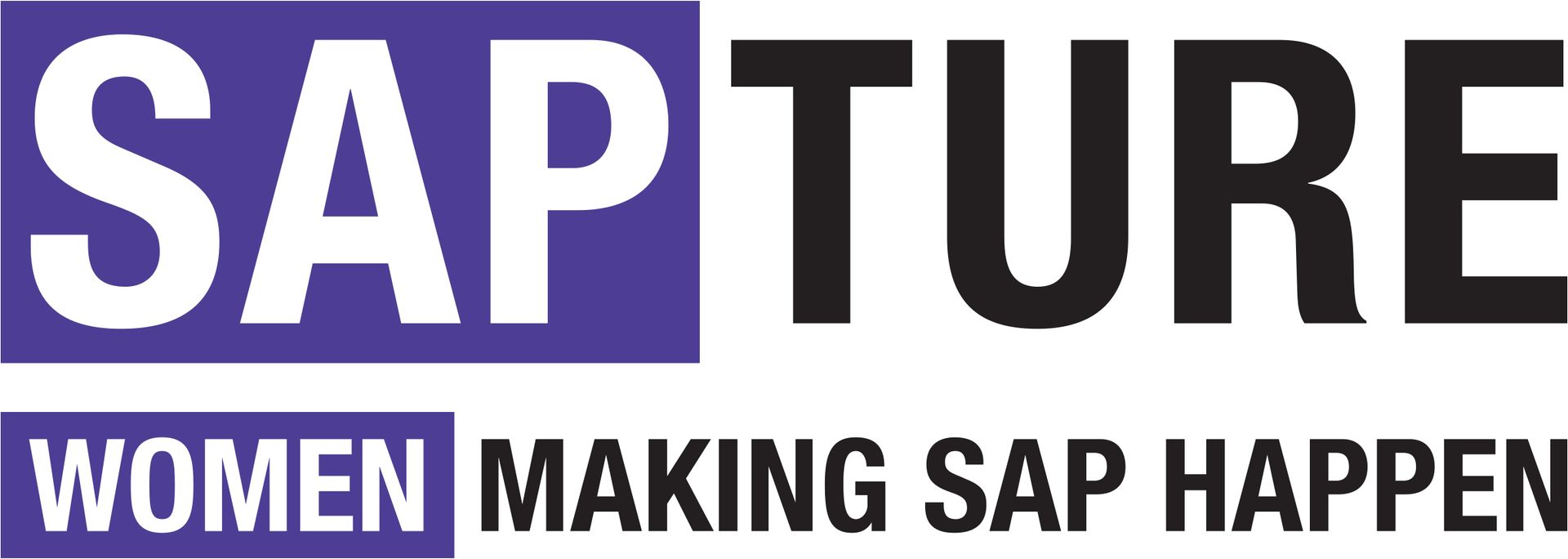
SAPTURE, feature women working in SAP and making it happen. To be featured, or to nominate someone to be featured, contact danielle@sapture.com.au
